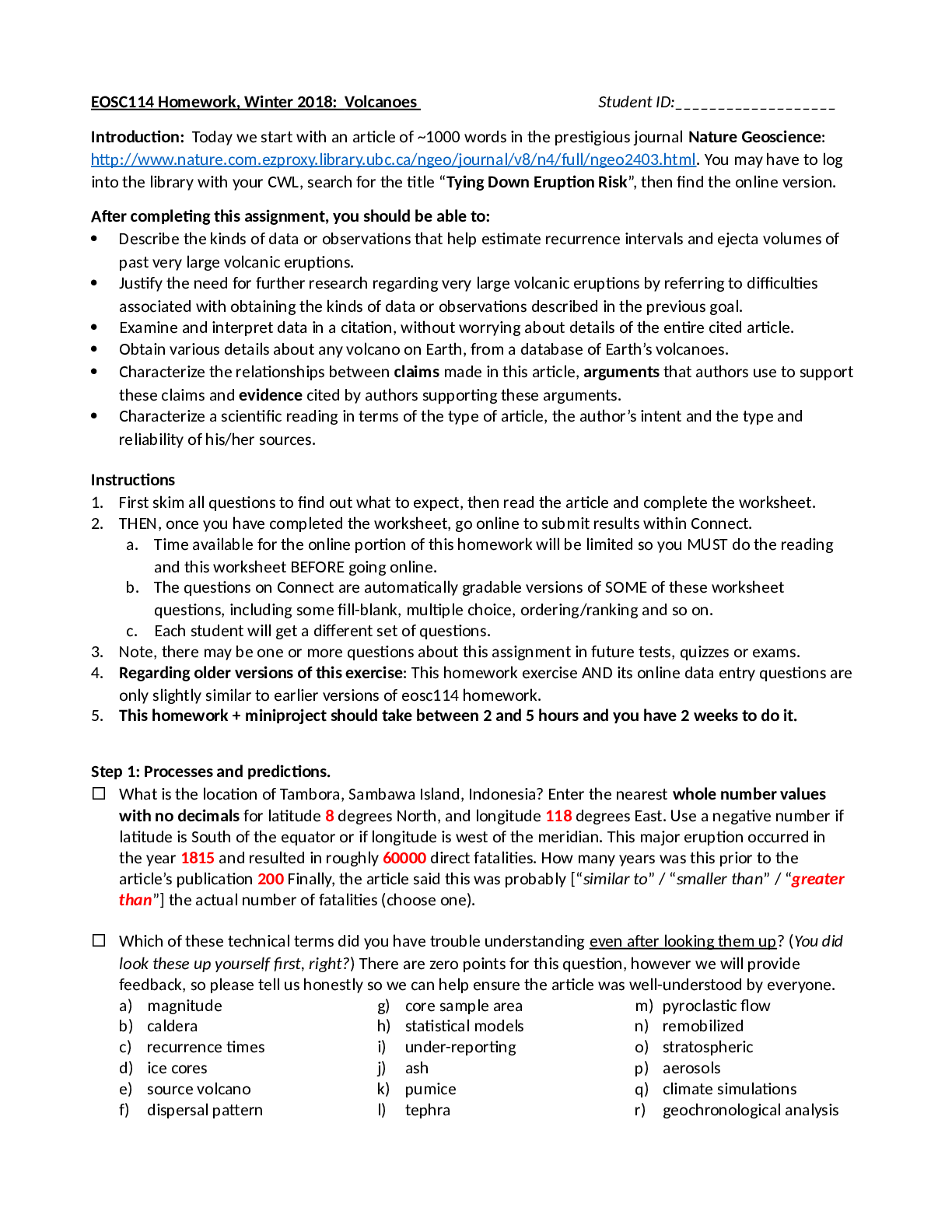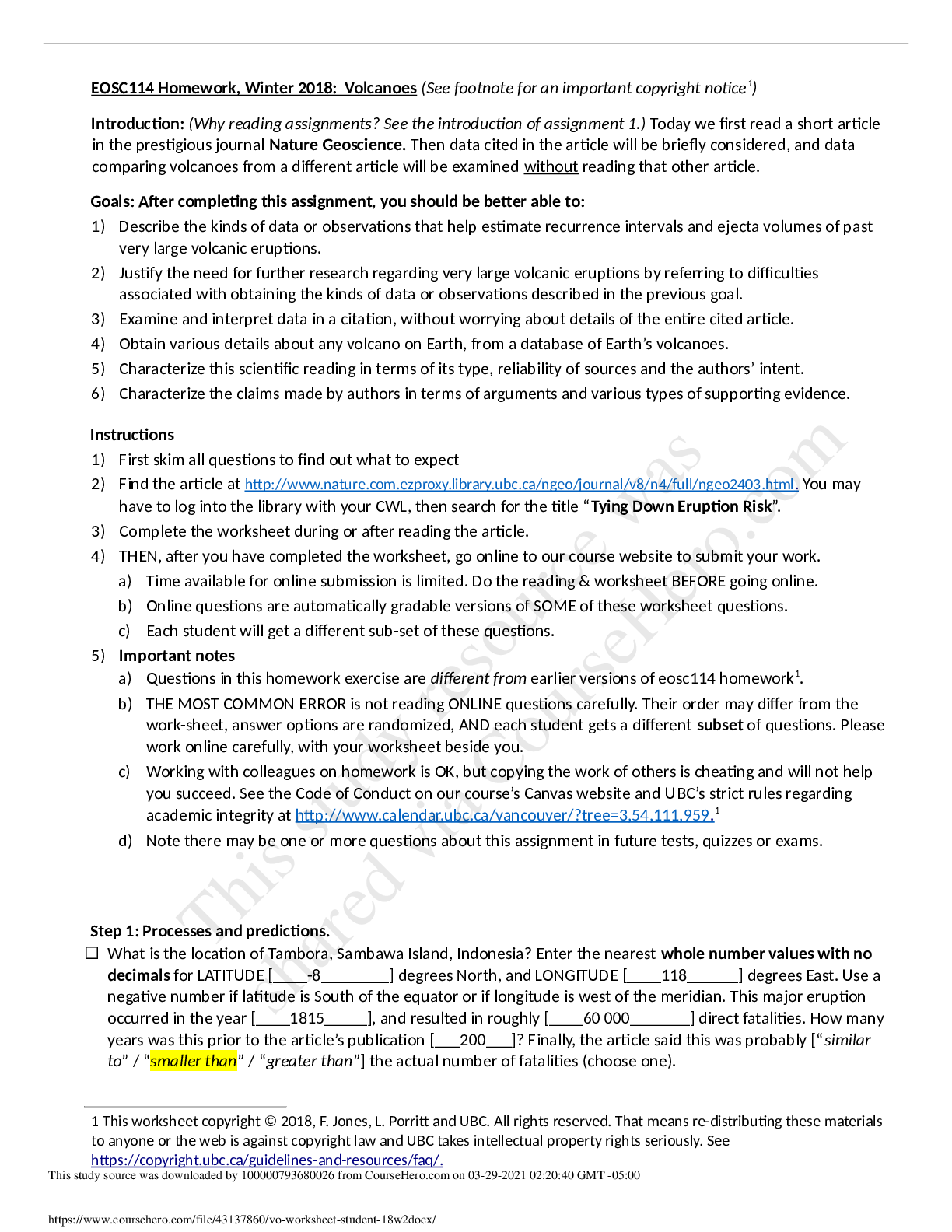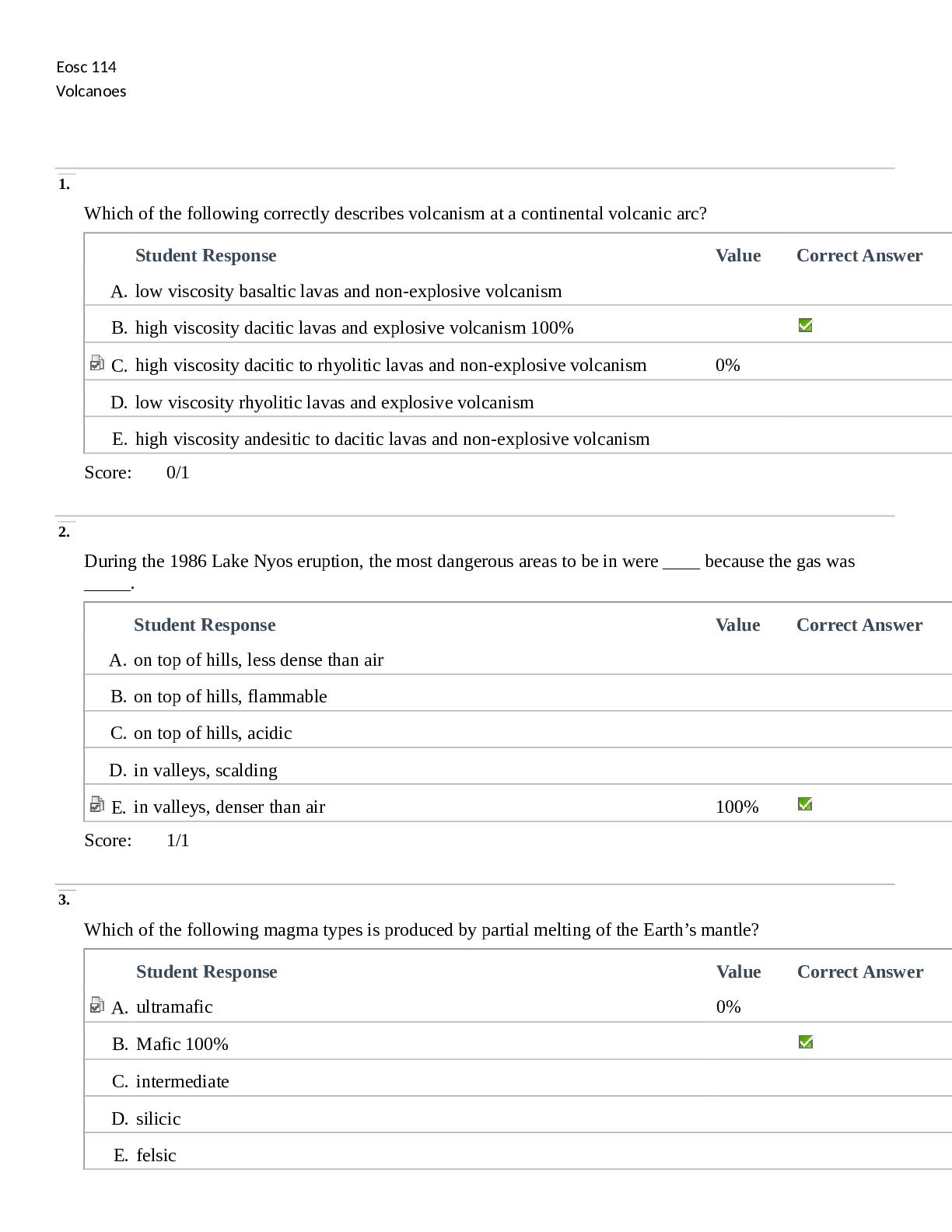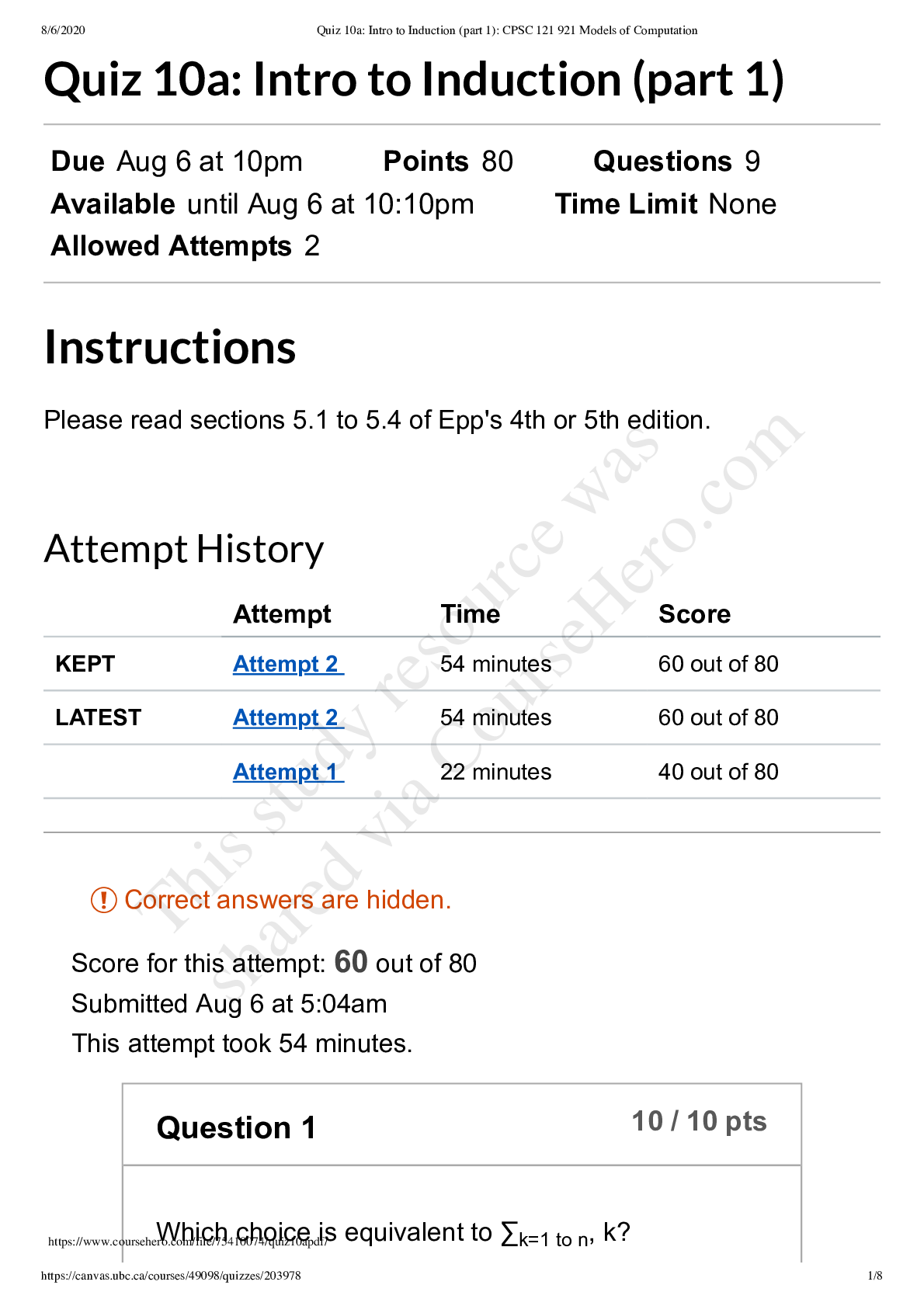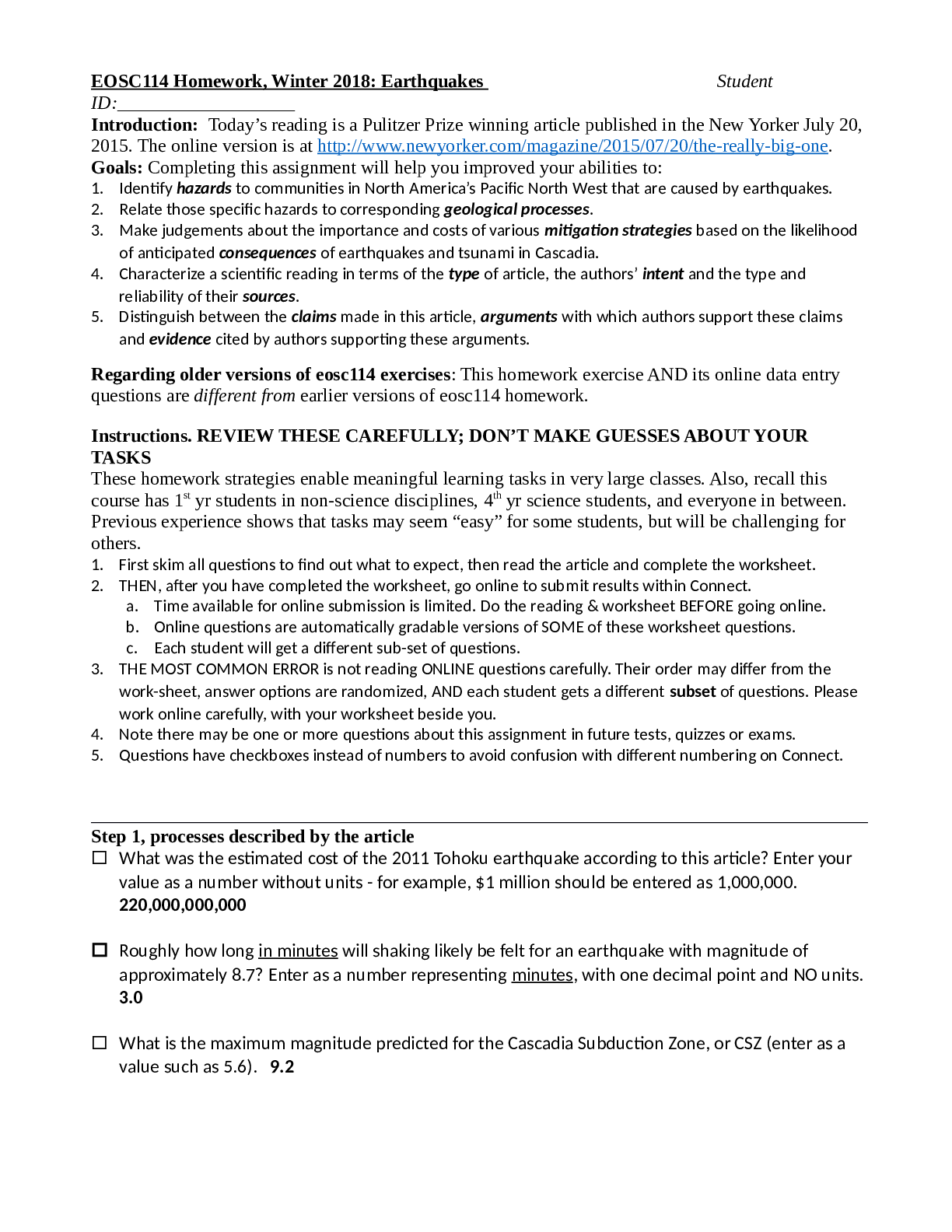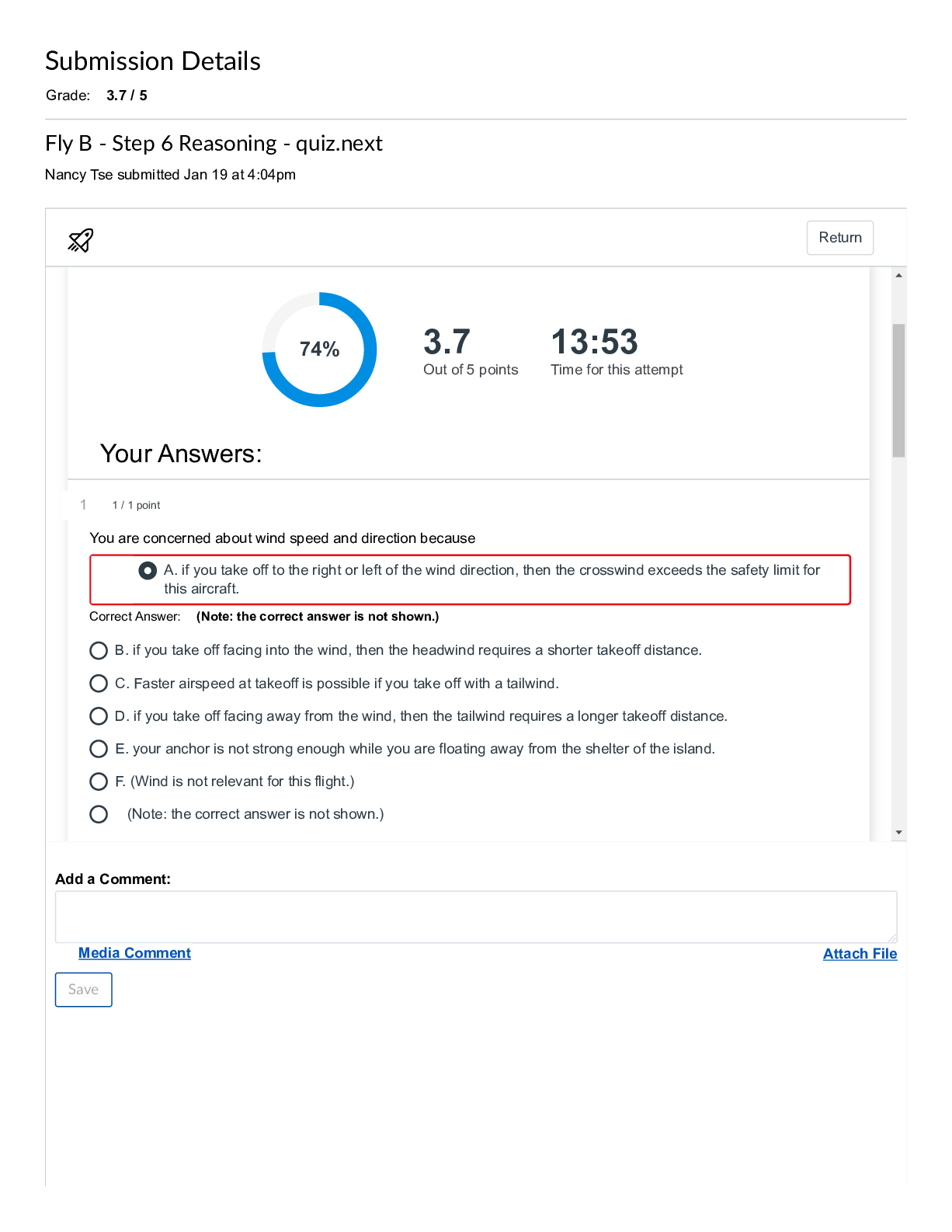Geography > QUESTIONS & ANSWERS > University of British Columbia - EOSC 114EOSC 114 Reading Assignment. Fall 2018 (All)
University of British Columbia - EOSC 114EOSC 114 Reading Assignment. Fall 2018
Document Content and Description Below
EOSC 114 Reading Assignment, Fall 2018: Landslides and Debris Flows (Important copyright notice1) Student ID:__________ Introduction The reading for the Landslides module is more challenging than th... e last two, but this worksheet will guide you carefully through only some portions of the article. So – do NOT simply try to read the whole thing. This is a paper published in Geomorphology in 2010, by M. Jakob and P. Friele “Frequency and Magnitude of Debris Flows on Cheekye River, British Columbia.” The reading involves only small portions of this article. It may look difficult, but we will NOT cover everything. Follow instructions carefully and you should find it surprisingly easy to learn plenty from this article! Click here http://ezproxy.library.ubc.ca/login?url=http://www.sciencedirect.com.ezproxy.library.ubc.ca/science/article/pii/S0169555X09003286 for free access and to download this article from the UBC Library. You will need your CWL. Goals. After completing this assignment, expect to be able to: 1. Recognize the different components of this specialists’ article. 2. Confidently extract the key messages the authors are trying to convey. 3. Identify some of the challenges of, and methods for, making Frequency-Magnitude models of debris flow fans that include several thousands of years of debris flow events. 4. Explain how authors justify which data are more important and which are less important when they make recommendations about safety at this debris flow. Reading this kind of paper. Professional writing is not the same as narrative or popular writing. Scientists, engineers, etc. develop their own strategies for reading articles. They rarely start at the top and work all the way through to the end. We will use one common strategy, outlined in the following 6 steps: 1. Make sure you know WHY you are reading the article. 2. Read the Abstract to gain first impressions of the authors’ intentions, their work and results. 3. Read the Introduction to appreciate the context, and then the Conclusion which is usually a summary of work done, results and implications. o At this stage, many readers skim the beginning of each section to gain first impressions about background, methods, results and discussions. o Inspect figures and tables to see what authors consider as most important. 4. Begin working on the details of the paper. We will only ask you to read one small section of the details 5. Caveats, limitations and needs for further work need to be identified explicitly. Scientific writing is never considered “conclusive”. Authors are expected to draw their conclusions knowing the strengths and limitations of their arguments and recognizing that understanding will always evolve and improve. 6. Revisit sections as needed as you work towards learning what you came for, and understanding what was done, how the authors integrated previous work with their own observations, experiments and analysis, and how they arrived at their conclusions or recommendations. Instructions 1. Today’s Reading Assignment exercise is based on this article-reading strategy. Please follow the worksheet carefully; we will indicate exactly what to read. 2. Review the whole worksheet first, then read and answer questions following instructions. Then submit online. 3. NOTE: A glossary is provided at the end of this worksheet. 4. Ignore older versions of this exercise. This Reading Assignment exercise AND its online submission questions may seem similar to earlier versions of EOSC 114 Reading Assignment - but many questions are different. 5. Recall our Class Code of Conduct, and UBC’s rules for academic integrity: http://www.calendar.ubc.ca/vancouver/?tree=3,54,111,959 1This worksheet copyright © 2018, F. Jones, L. Porritt and UBC. All rights reserved. That means re-distributing these materials to anyone or the web is against copyright law and UBC takes intellectual property rights seriously. See https://copyright.ubc.ca/guidelines-and-resources/faq/. [Show More]
Last updated: 1 year ago
Preview 1 out of 12 pages
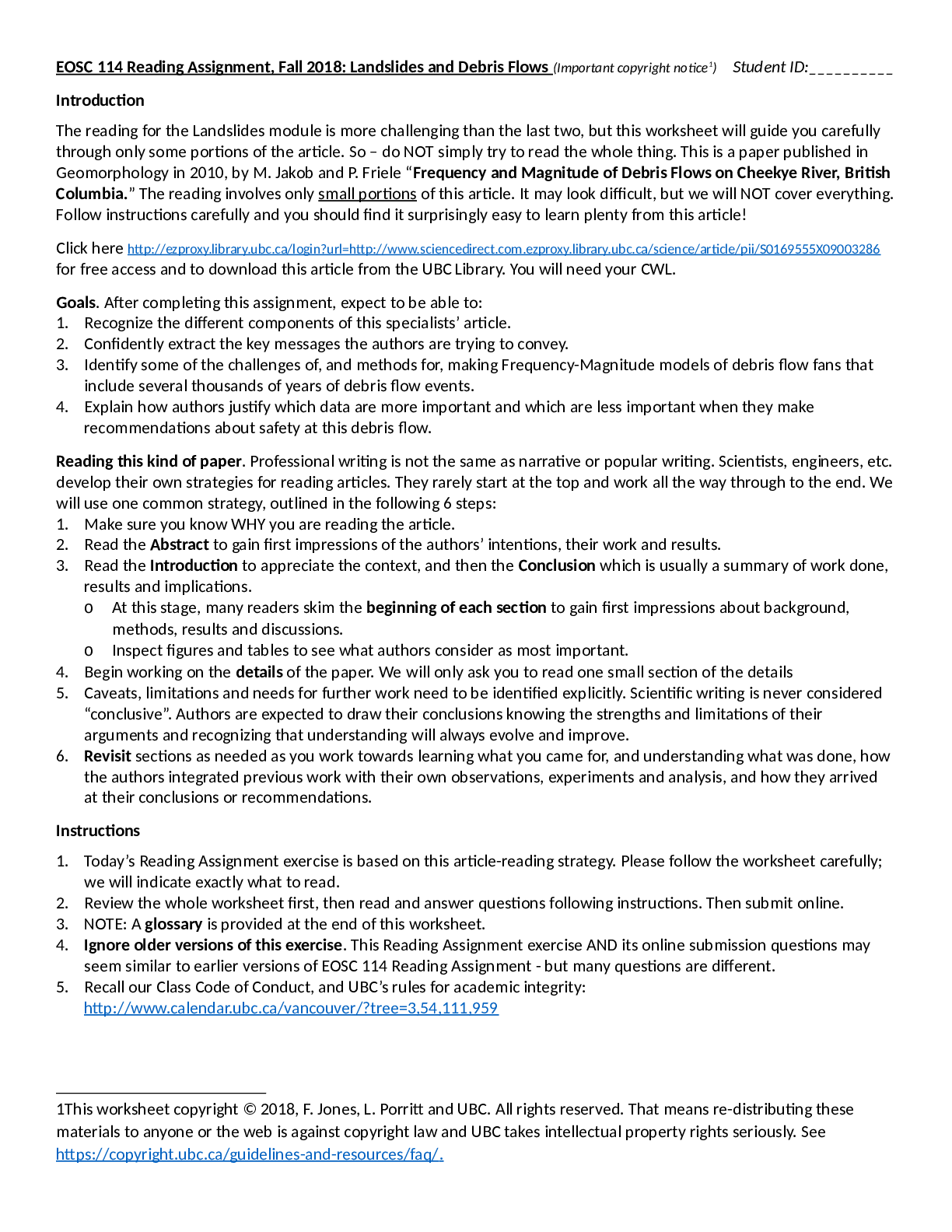
Reviews( 0 )
Document information
Connected school, study & course
About the document
Uploaded On
Apr 13, 2021
Number of pages
12
Written in
Additional information
This document has been written for:
Uploaded
Apr 13, 2021
Downloads
0
Views
40


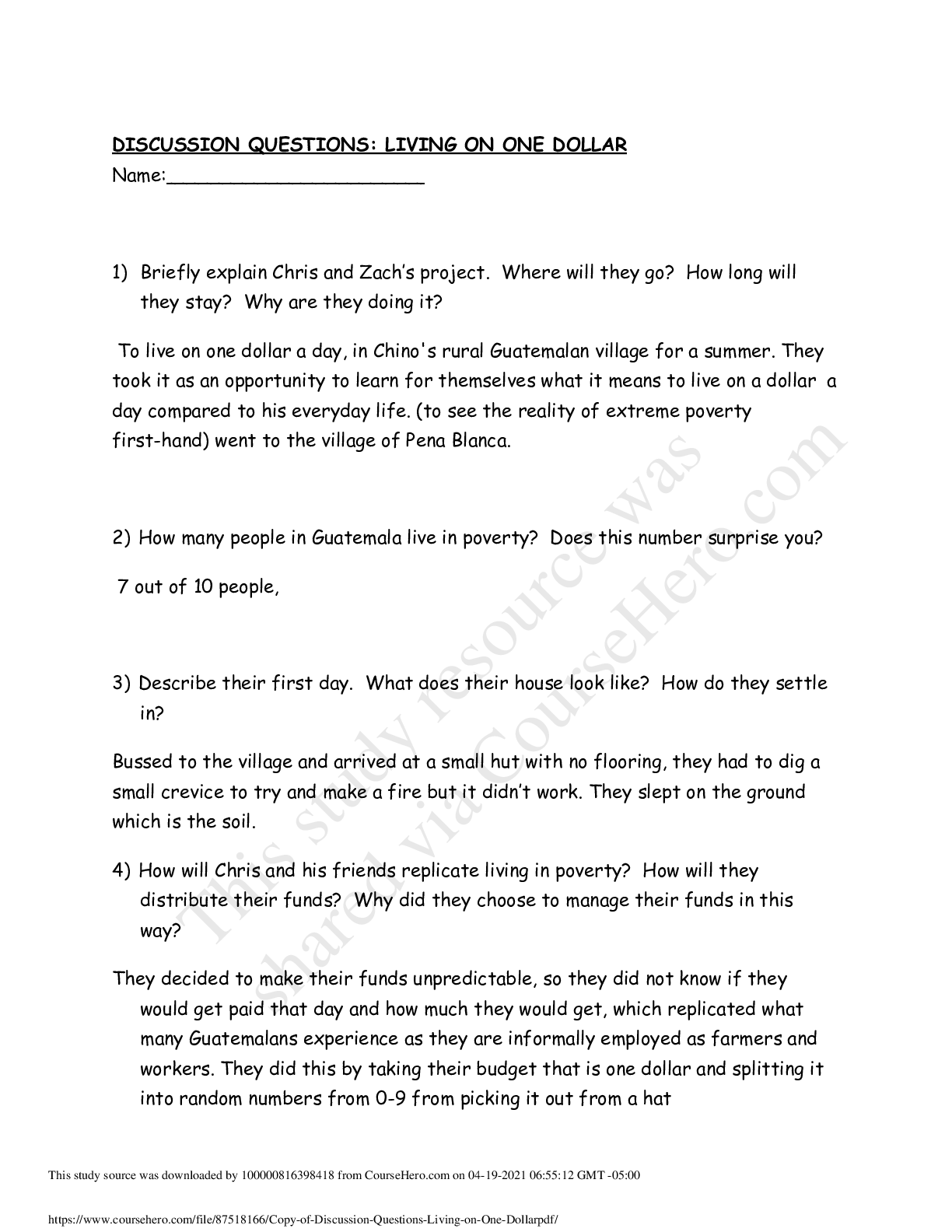
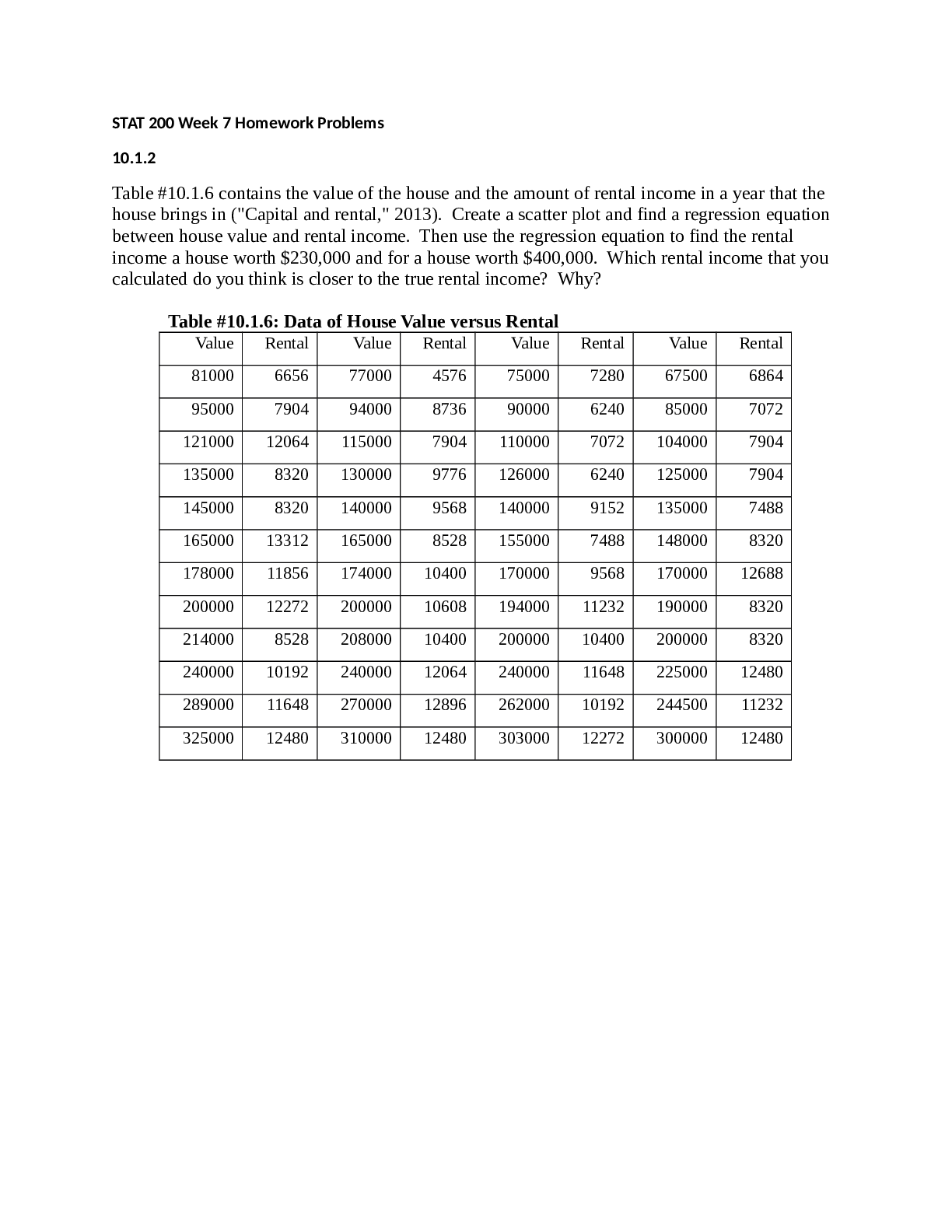
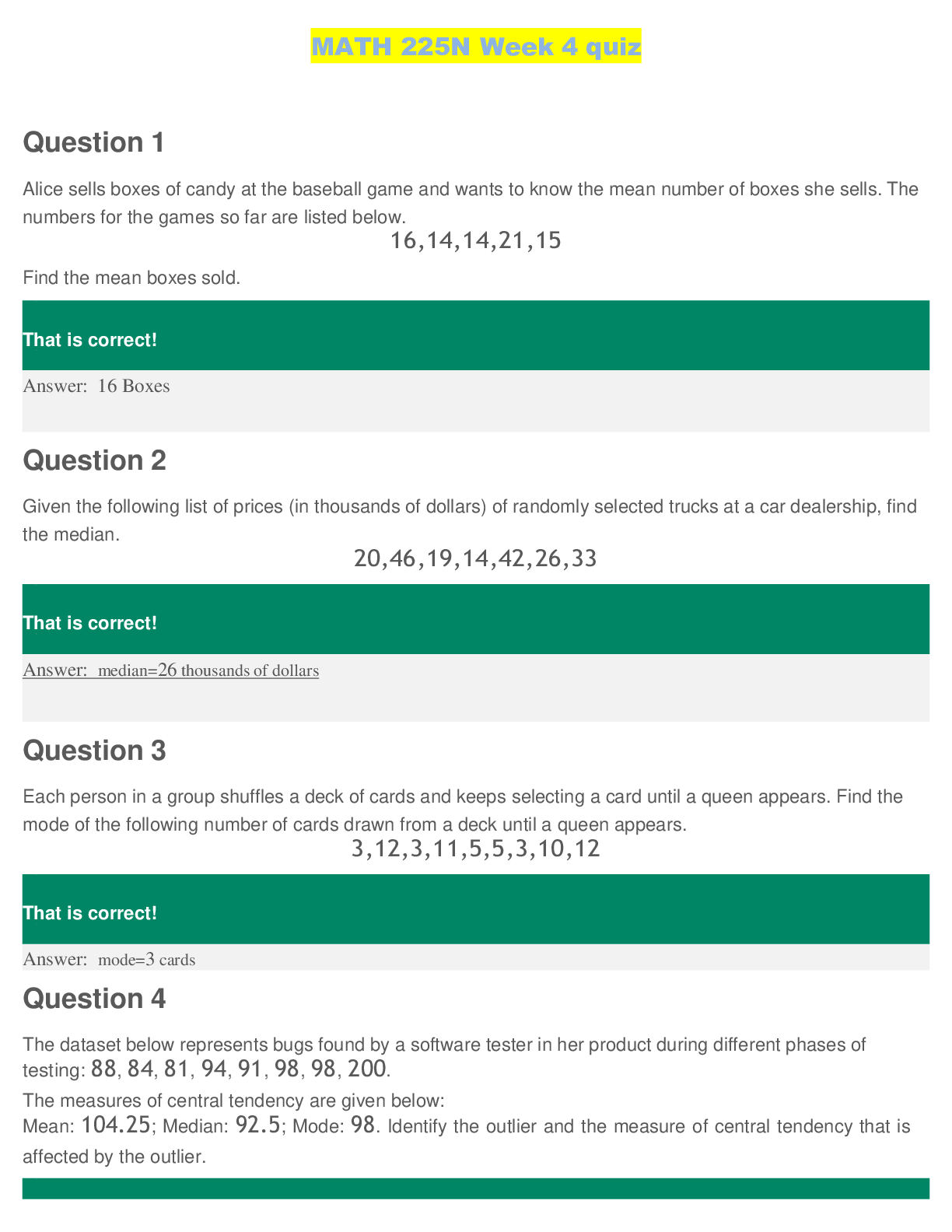

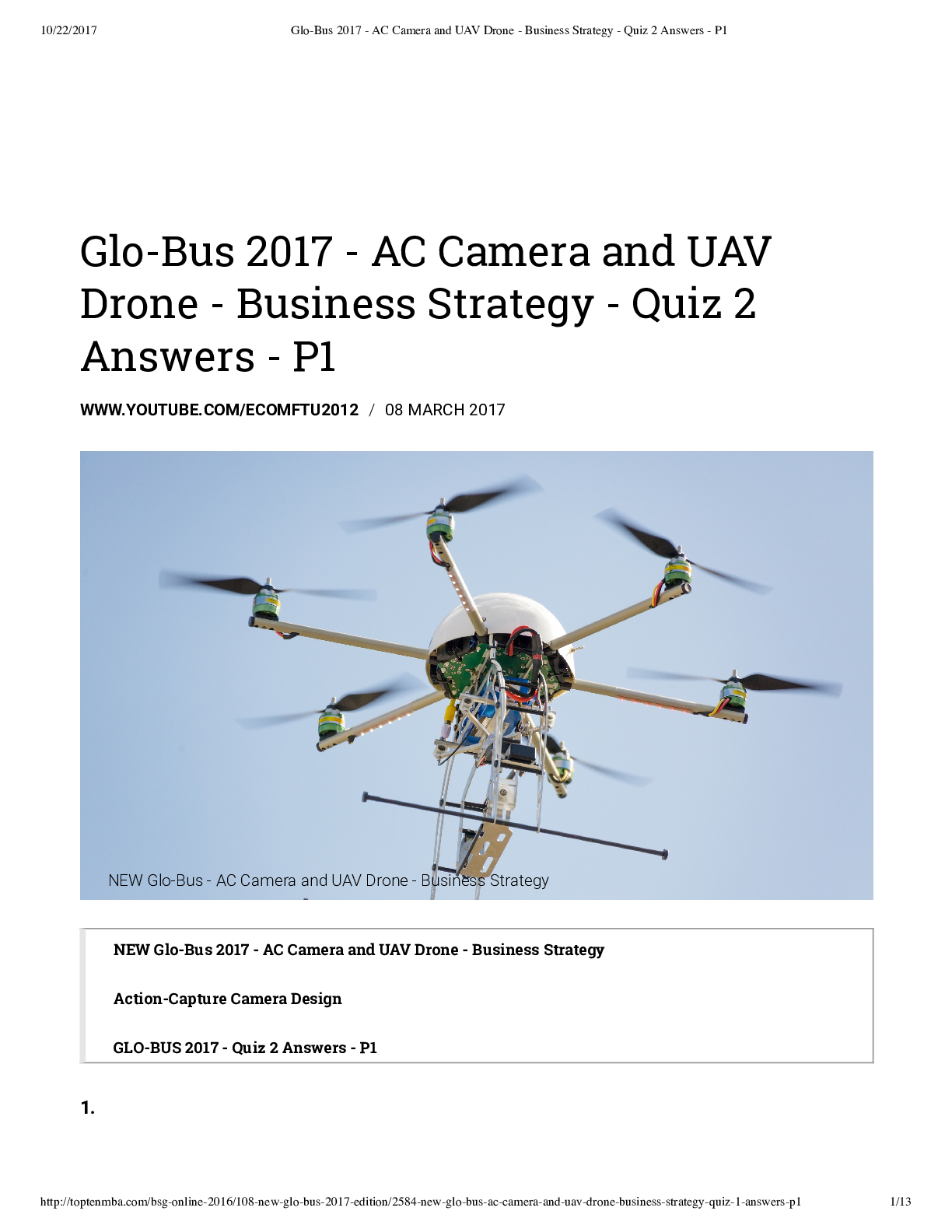
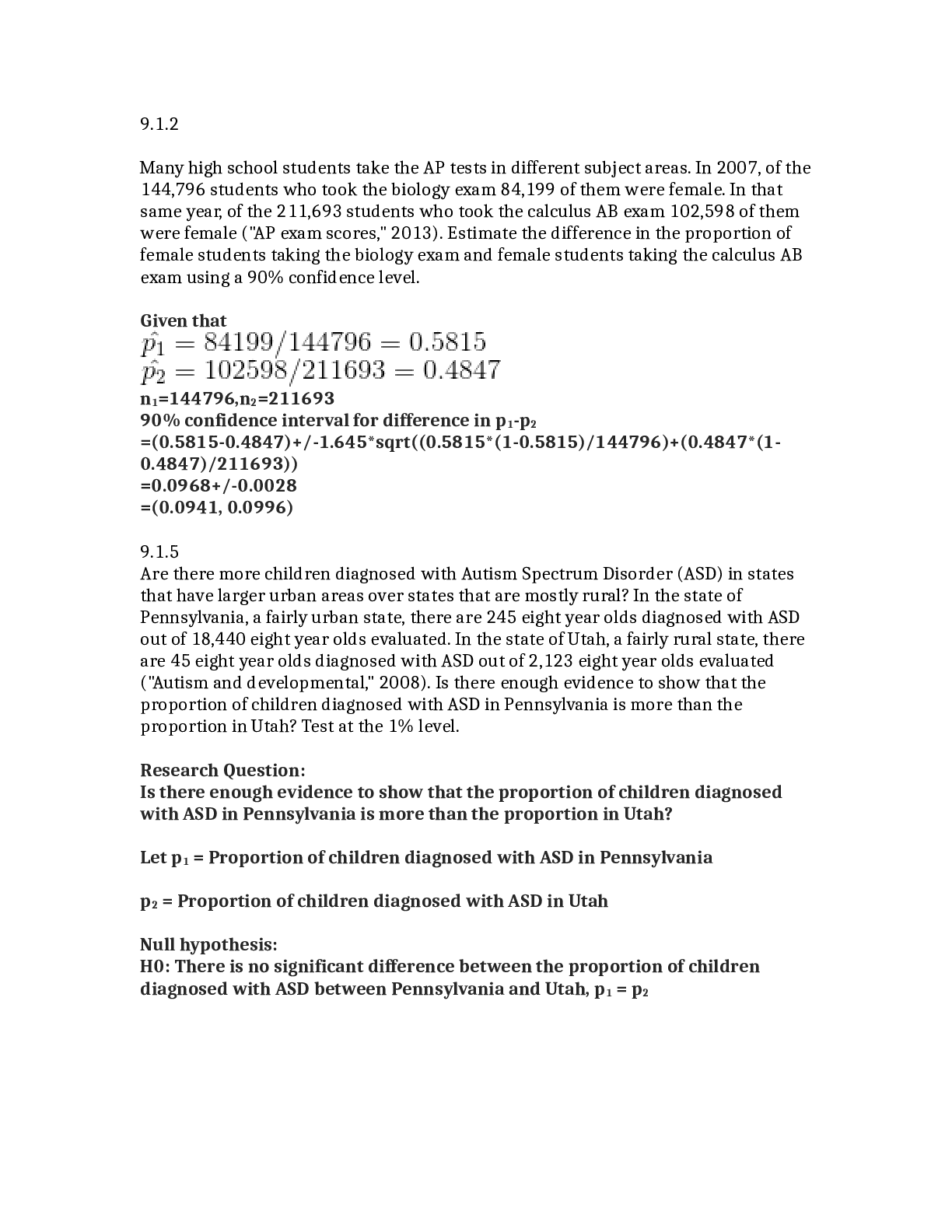
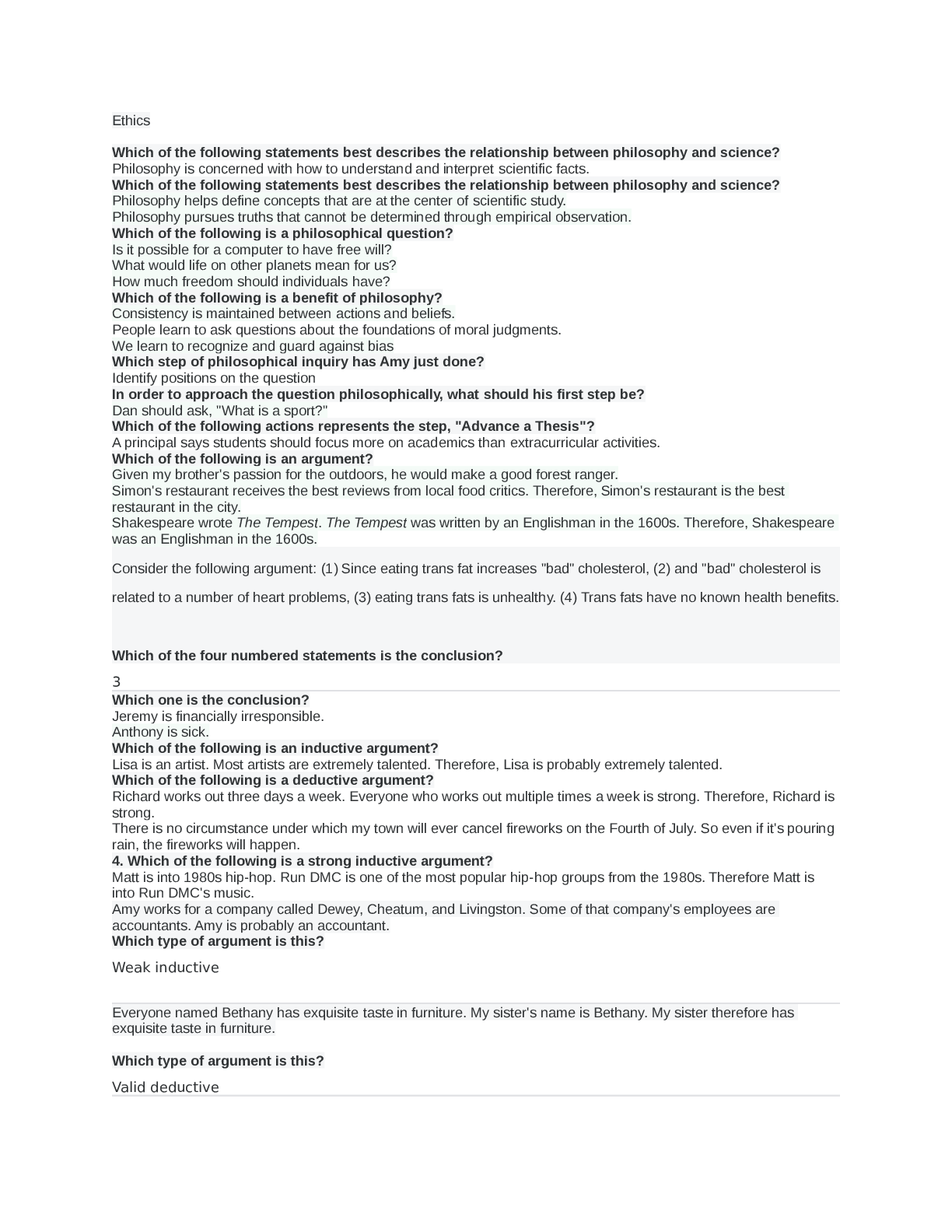
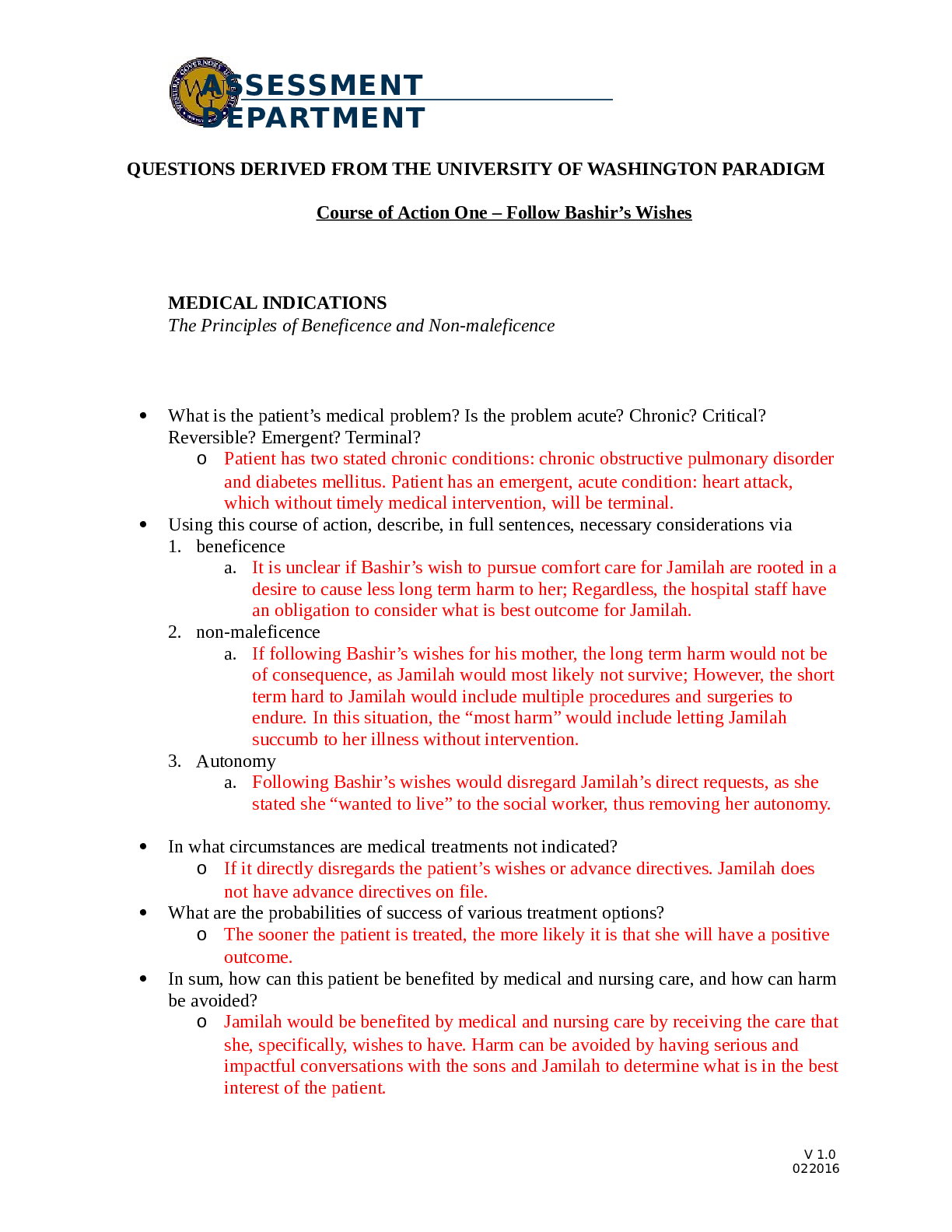
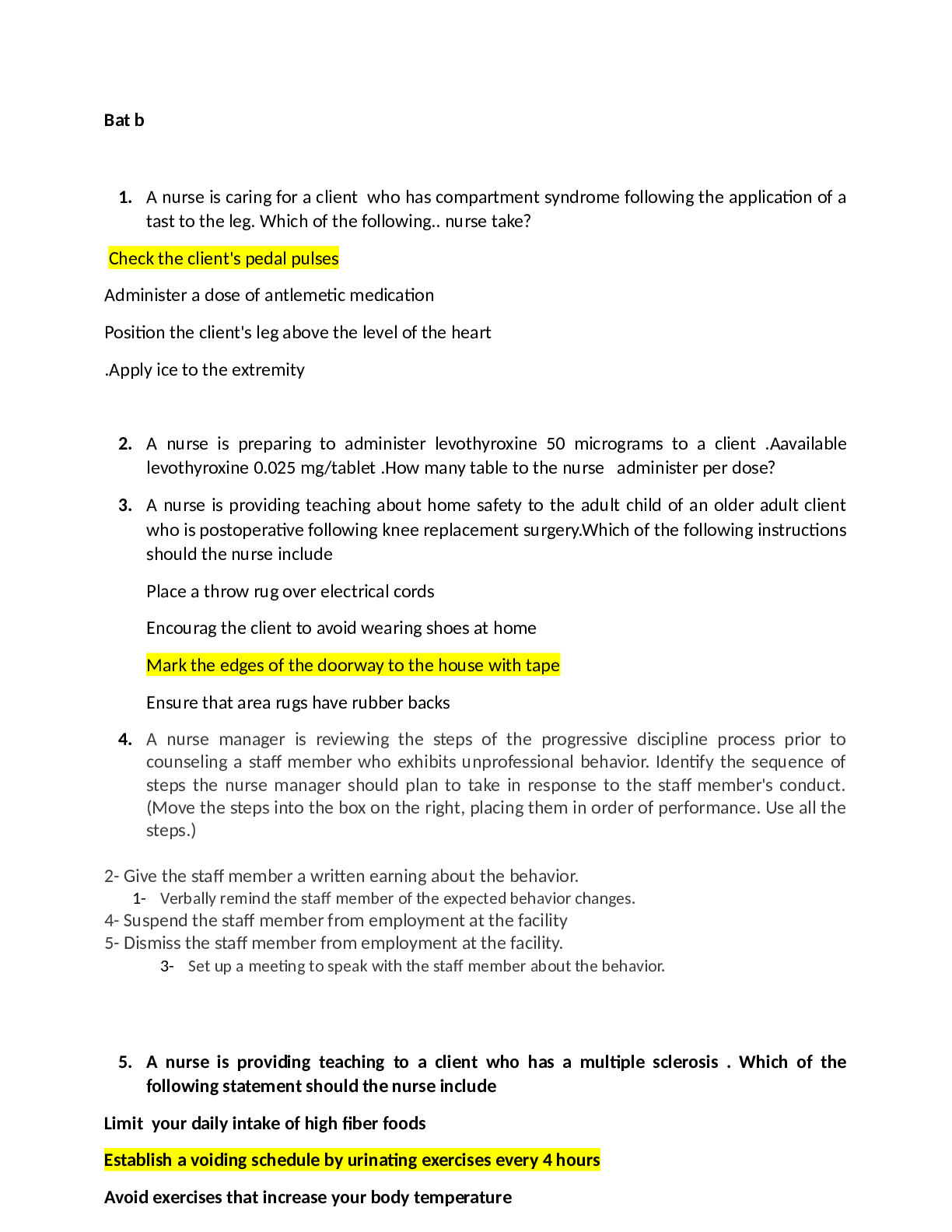


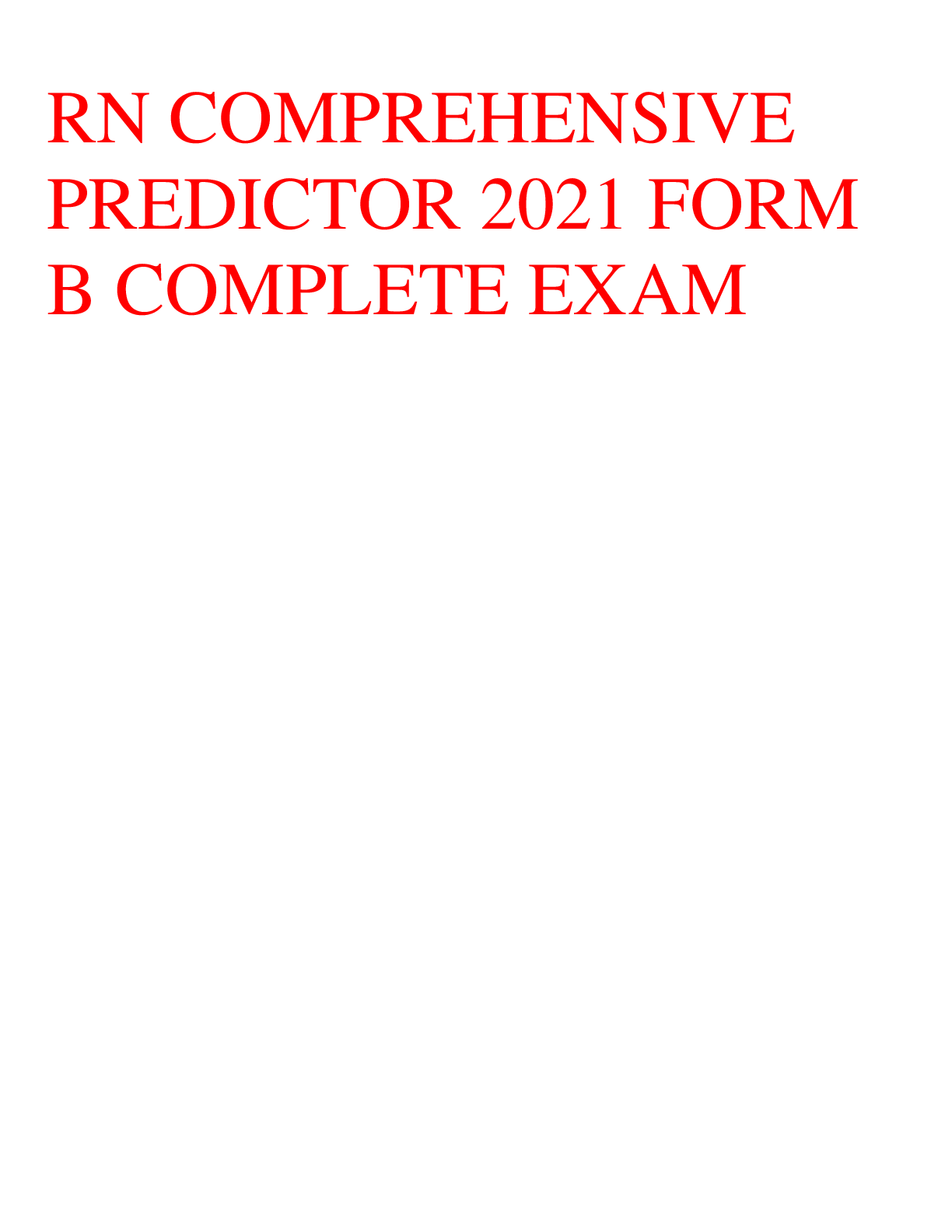

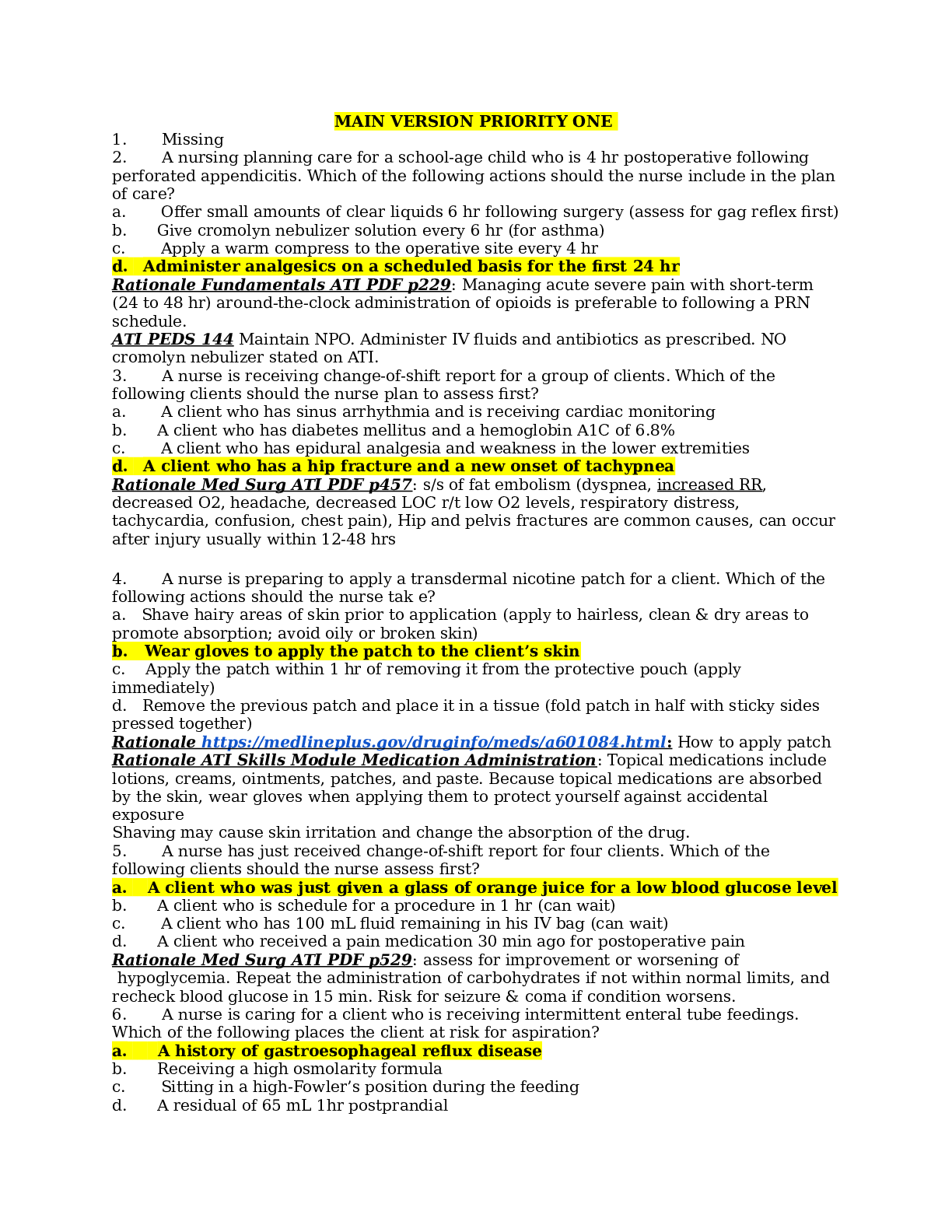
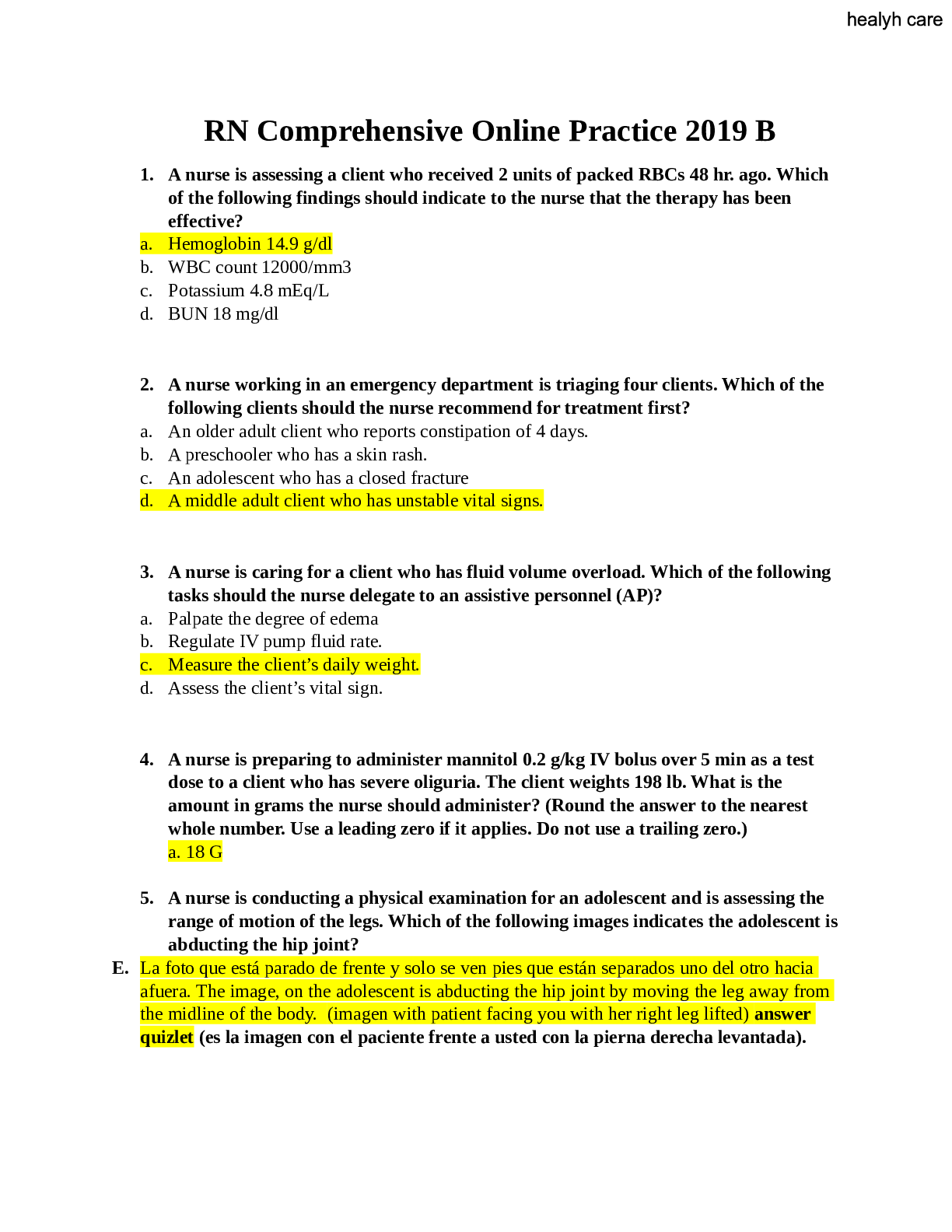
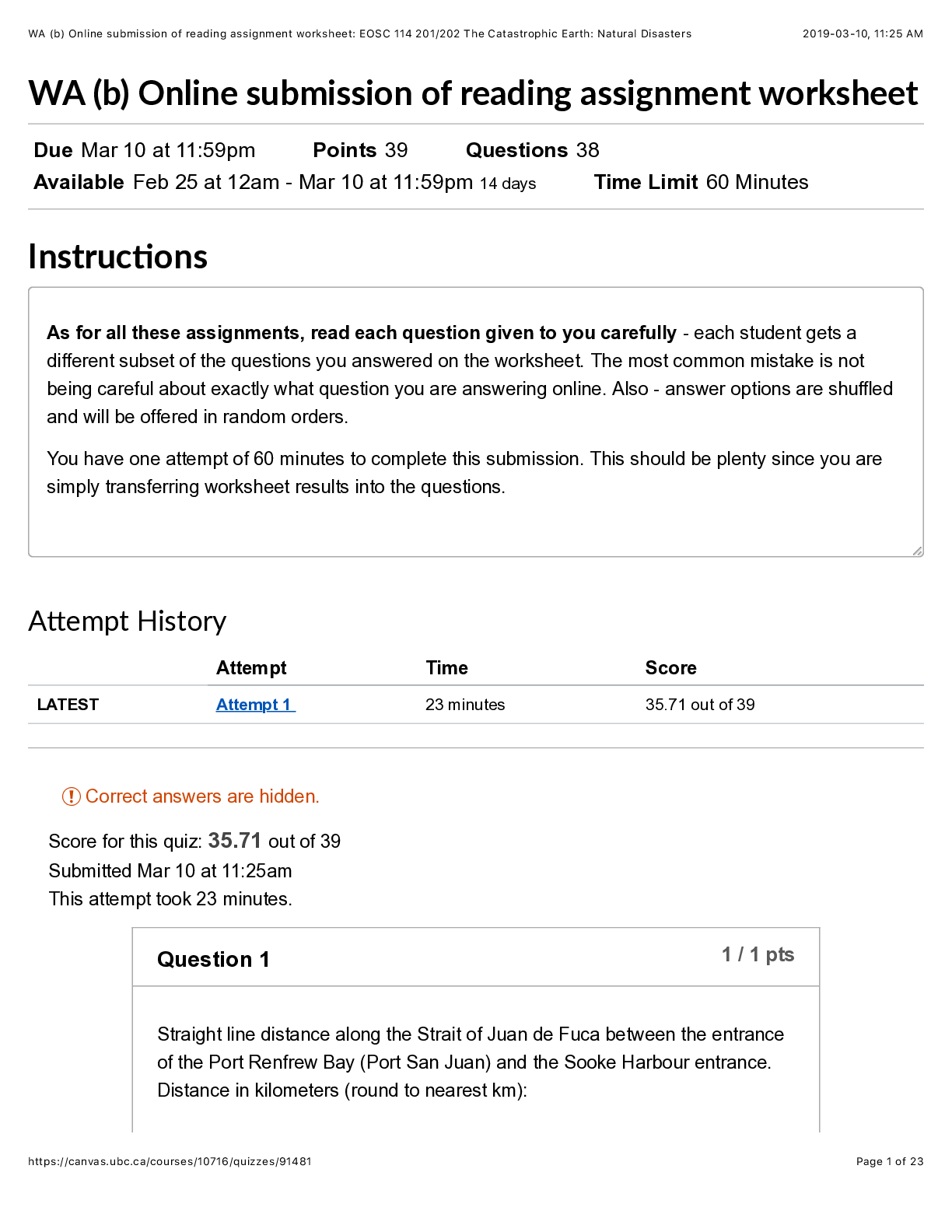
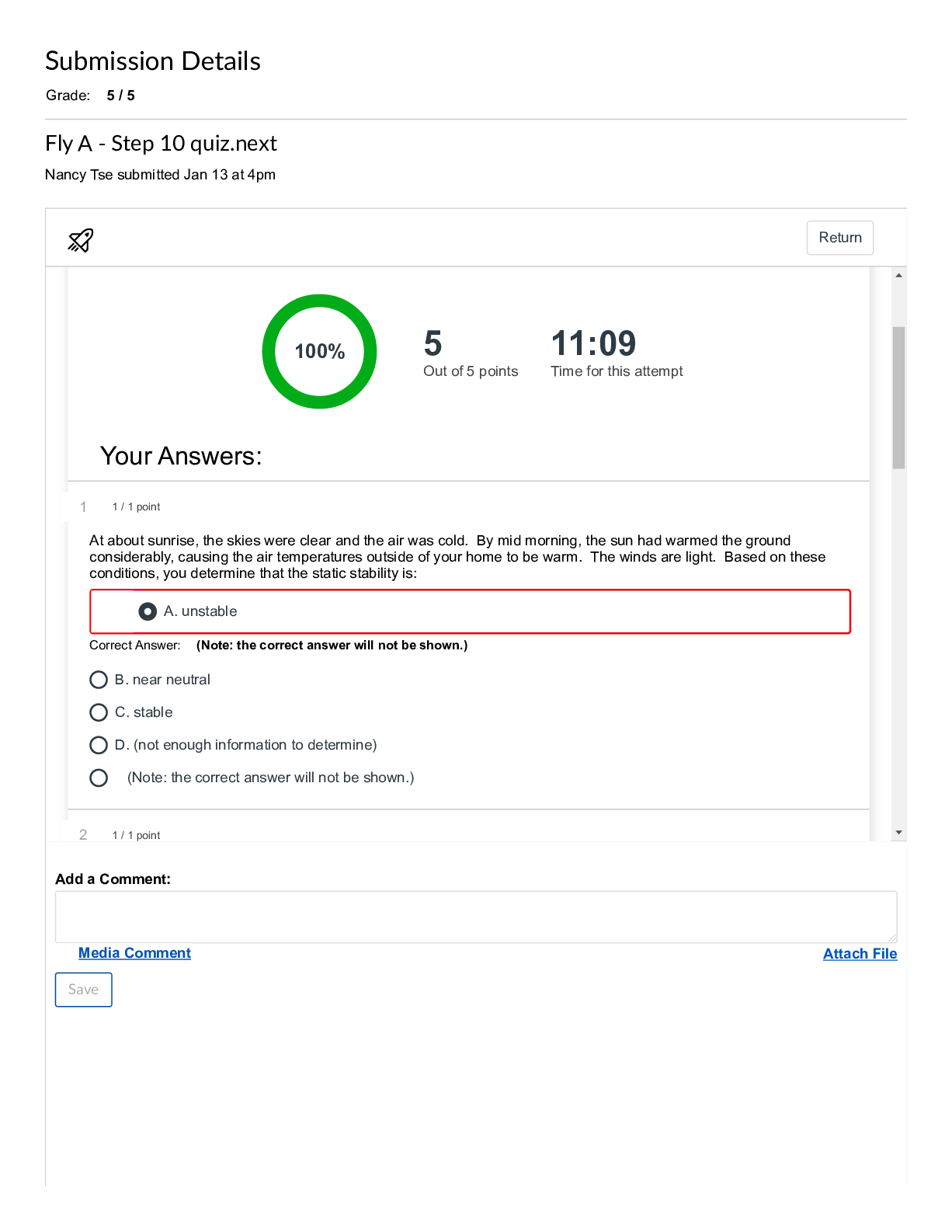
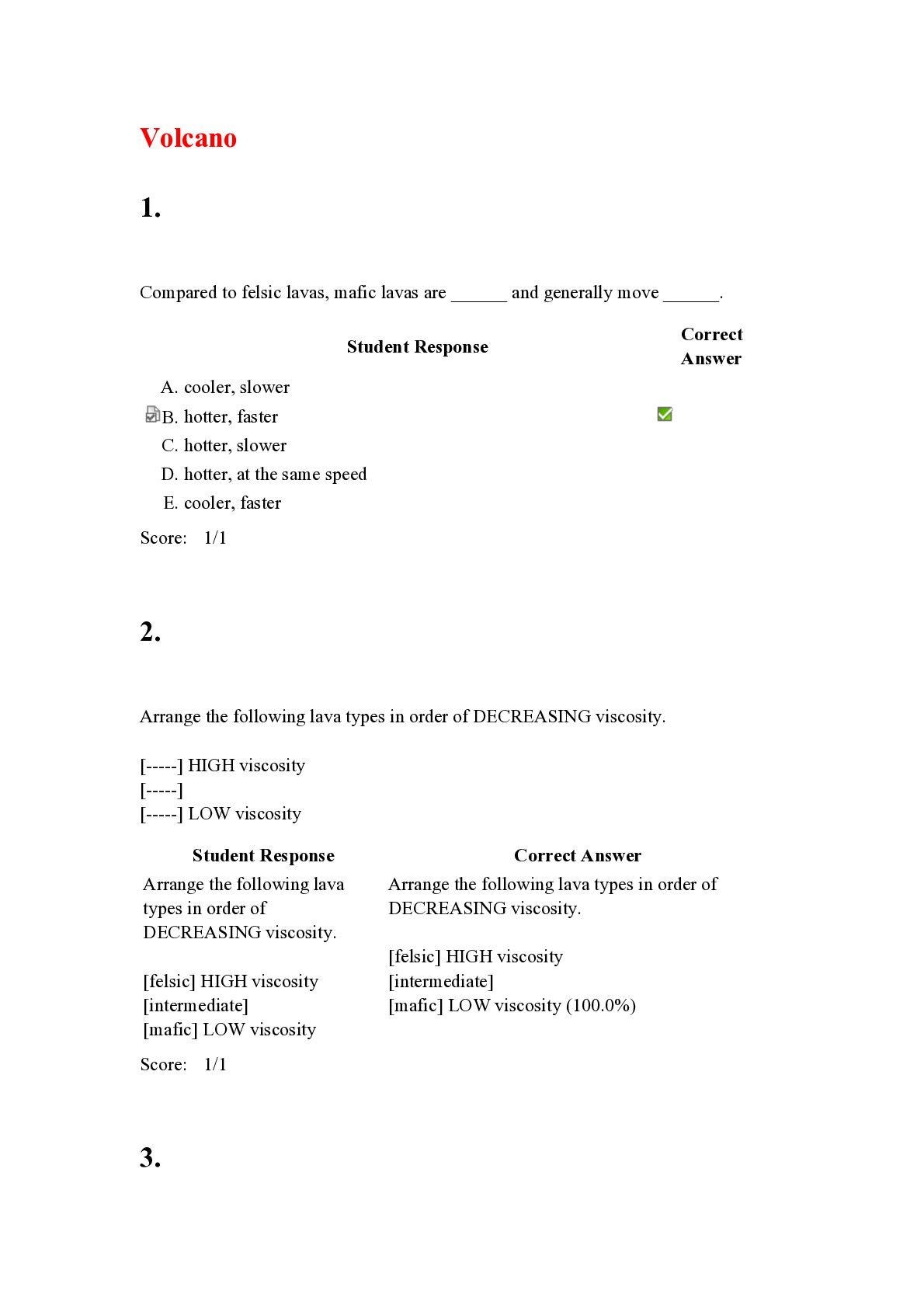
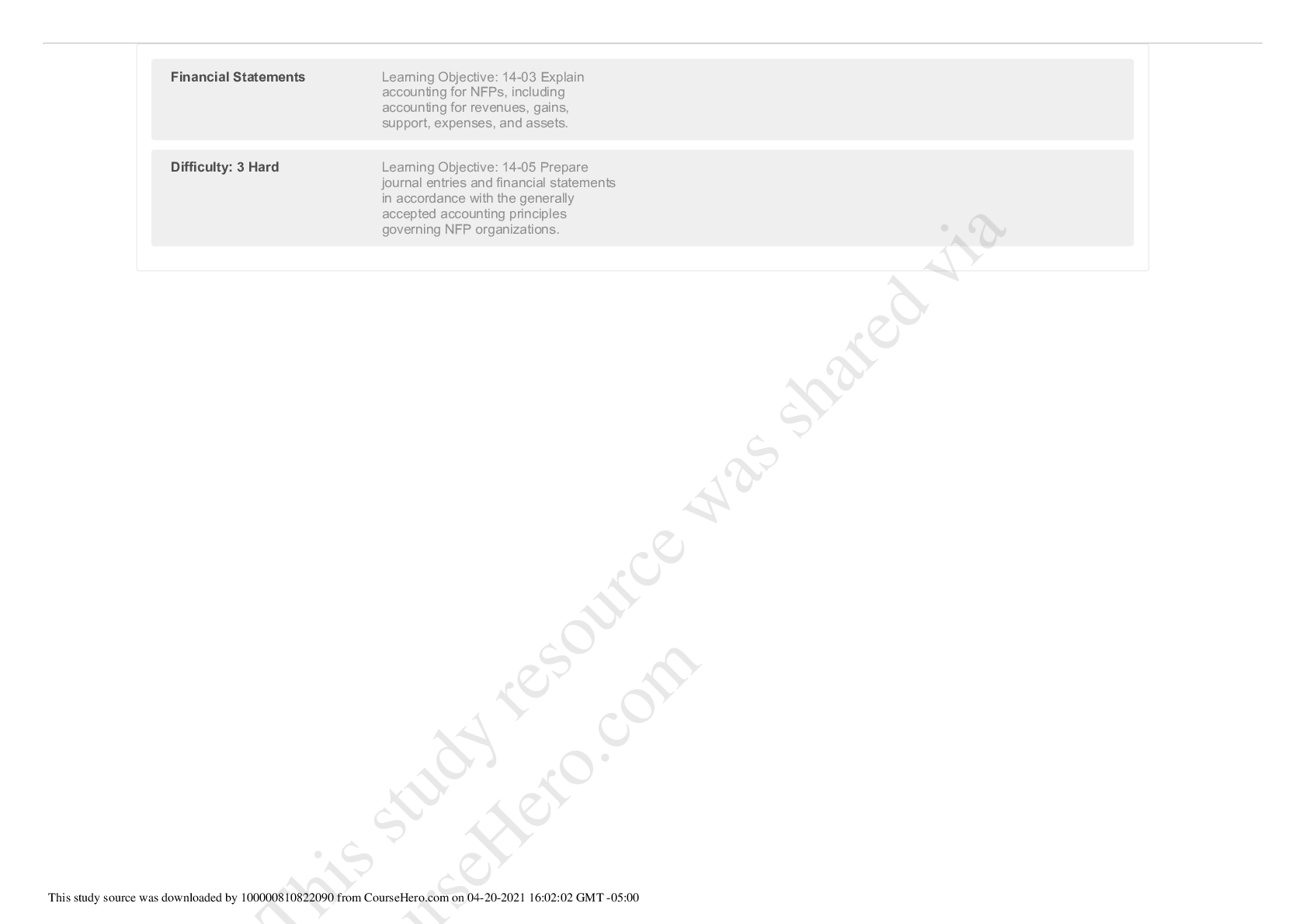
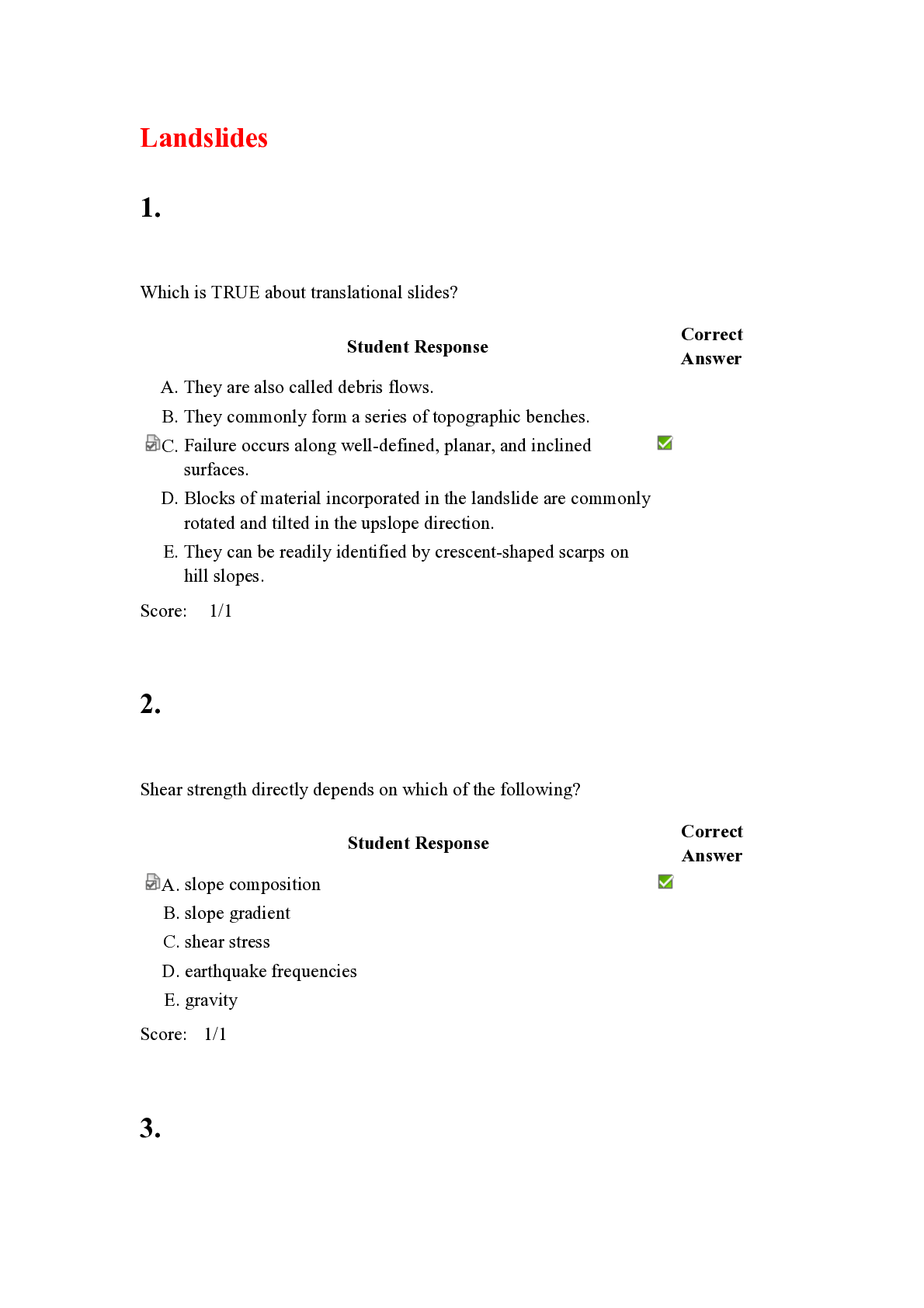
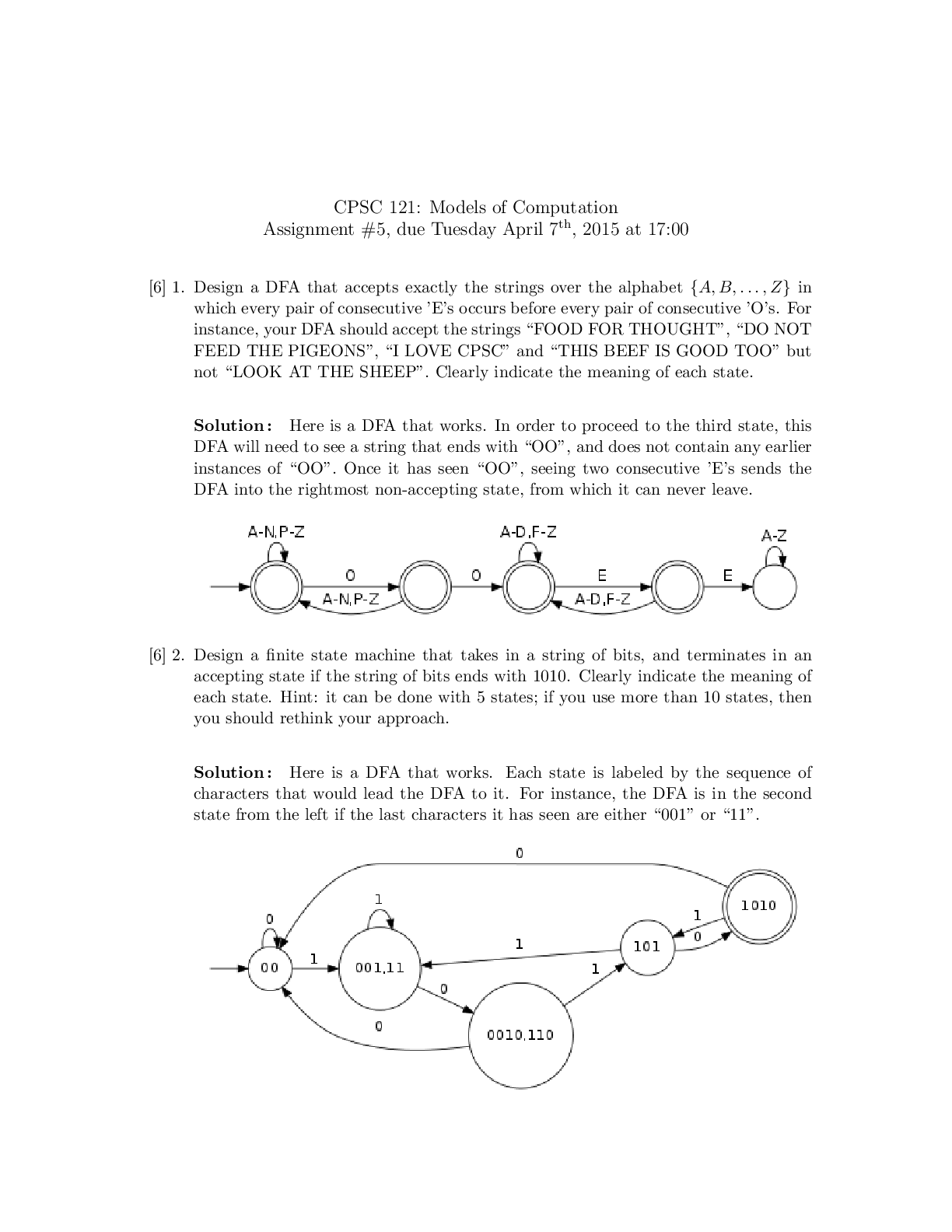
.png)
